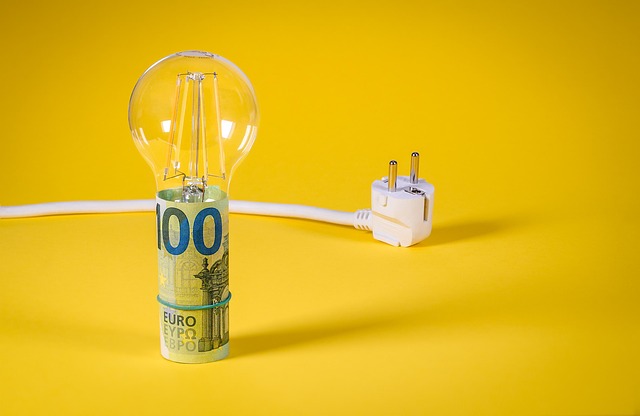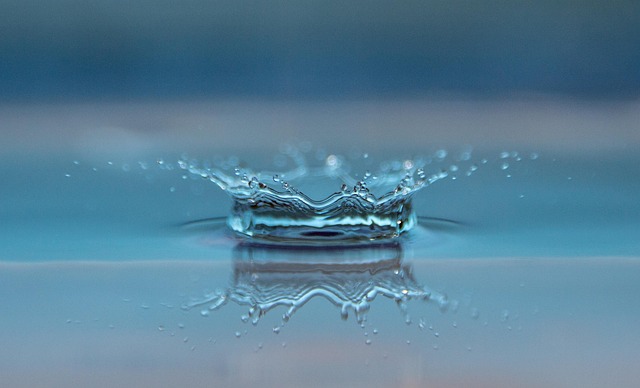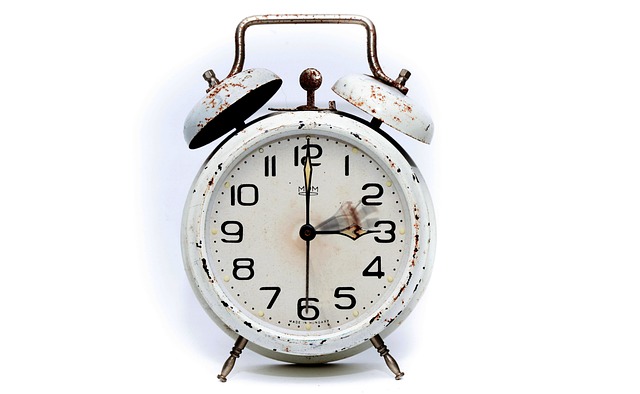The Art of Saving: Innovative Design Tips for Sculpture Creators
Creating sculptures can be a profoundly enriching experience, allowing artists to express their innermost thoughts and emotions through three-dimensional forms. However, the process can also come with its challenges, especially when it comes to managing resources effectively. In the ever-evolving realm of art and design, finding ways to save—both time and materials—while still achieving stunning results is essential for every sculptor. Here are some innovative design tips to help you save without compromising your artistic vision.
Embrace Upcycling
One of the most effective ways to save resources is to embrace upcycling in your sculpture work. Rather than purchasing brand new materials, consider using discarded items, such as metal scraps, wood remnants, or even old tools. This not only helps the environment by reducing waste but can also inspire fresh ideas for your sculptures. Transforming everyday objects into captivating art pieces encourages creativity and adds a unique narrative to your work.
Choose Your Materials Wisely
When planning your sculpture, take the time to evaluate the materials you’ll use. Each medium comes with its own costs, so choose wisely based on your budget and the desired aesthetic. For example, while clay may be a popular choice, exploring alternatives like papier-mâché or found objects can be more economical. By thinking outside the box, you can save money while still pushing the boundaries of your artistic expression.
Plan Your Sculptures Thoroughly
Before diving into creation, invest time in sketching and designing your pieces. A well-thought-out plan minimizes the risk of costly mistakes and wasted materials. Detailed sketching not only helps clarify your vision but can also reveal areas where you could simplify your design or use fewer resources, ultimately leading to significant savings.
Incorporate Modular Elements
Designing your sculptures with modular elements allows for flexibility and adaptability. Create components that can stand alone or be combined in different configurations. This not only saves materials but also expands the potential for your work. By building pieces that can be easily rearranged or reconfigured, you maximize the use of each element while keeping your designs dynamic and engaging.
Experiment with Scale
The scale of your sculpture greatly affects how much material you’ll need. Experimenting with smaller versions of your ideas can save you resources and give you a chance to refine your design before committing to a larger piece. Smaller sculptures can be equally impactful, offering a bite-sized expression of your creativity. Plus, they require less material and often take less time to complete, allowing you to explore a wider range of ideas without stretching your budget.
Leverage Technology
Utilizing technology can be a game-changer in the world of sculpture creation. Software programs that allow you to visualize and simulate your designs can save you from making costly errors in real life. Techniques like 3D printing can also reduce waste by precisely crafting elements from digital designs, enabling you to explore intricate forms with minimal material usage.
Network and Collaborate
The art community is ripe with opportunities for collaboration, and working with fellow artists can lead to shared resources. By pooling together materials or space, you can save immensely while fostering an environment of creativity and inspiration. Attend workshops, join forums or artist groups, and participate in community events to meet like-minded creators who are eager to share ideas and resources.
In sculpture, as in life, the art of saving doesn’t mean stifling creativity. By embracing innovative design principles, utilizing resources wisely, and collaborating with others, you can flourish while being mindful of your materials. Dive into your next project with these tips in mind, and watch as your sculptures transform into both artistic masterpieces and models of resourcefulness.




